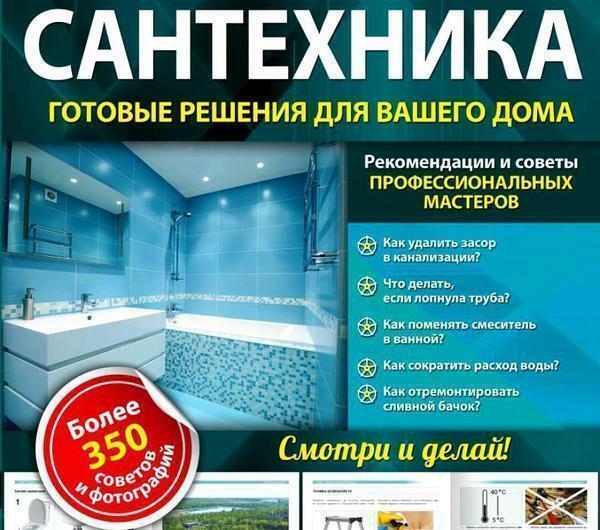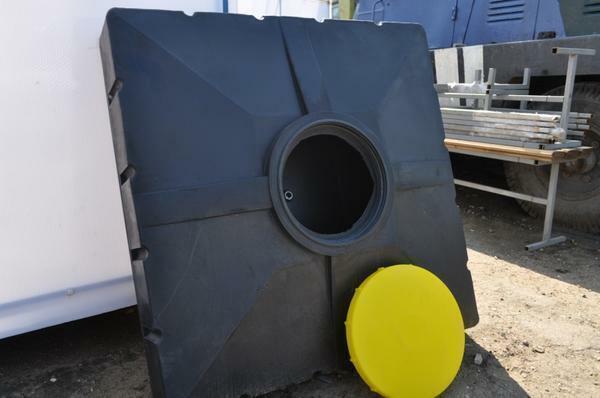Welding of propylene pipes. Necessary equipment
Advantages of propylene pipes: 
- they are not subject to corrosion absolutely;
- they are durable;
- are not subject to accidents and leaks;
- have a perfectly smooth internal surface, which reduces friction when moving coolant through it. This makes it possible to reduce the diameter without loss of heat efficiency. In addition, thanks to these qualities, scaling, greasy plaque or other deposits do not accumulate in the pipes.
- products have sufficiently thick walls. Although this factor can be attributed to pluses and minuses. Pros - low thermal conductivity, due to which it is impossible to burn yourself by touching the pipe. Less is a lot of work, if you need to lay pipes hidden, you'll have to more fence the wall to accommodate a bigger diameter.
- is easy to install due to the large assortment of accessories for PP pipes.
- are resistant to chemical aggressive media;
- low price is the main advantage of PP products.
The lack of propylene pipes is a high coefficient of linear expansion, leading to their sagging. To avoid this, when installing heating systems, products with aluminum reinforcement on the inside diameter are used.
If you want to conduct a heating system with a sufficiently long wiring, you need to know how to solder the propylene pipes and the installation of the entire system, and most importantly, what tools are needed for this. The standard set of tools for wiring mounting includes: 
- Welding machine up to 1500W power, which can be powered from 220 V.
- Nozzles with Teflon coating.
- Stand for soldering iron.
- Pipe holder.
- Scissors.
- Roulette.
- Pattern of holes.
- Spanners.
- Level.
Welding steps
The process itself is not complicated and consists of the following steps. 
- Step one
The required number of pipes is cut perpendicular to the axis. If we are dealing with a pipe reinforced from the inside, then first we need to clean the top layer, and then remove the foil from the shaver. - Step two
Carefully clean the joined ends. - Step Three
Heat the welding machine to 260o. As soon as the green light starts flashing, then soldering can begin. - Step Four
Simultaneously we warm up the welding machine and the pipe and fitting. Once the pipe and fitting are warmed up, insert it into the fitting and press it against the longitudinal axis. When the details are fused to change their position is impossible.
The time for which the complete soldering cycle takes place depends on the size of the propylene pipes. The pipe and fitting must be heated for the time recommended in the regulatory documents. A pipe with a diameter of 16mm and 20mm should be heated for 5 seconds, 25 mm for 7 seconds, 32 mm for 8 seconds, 40 mm for 12 seconds. If the standard heating time is exceeded, the plastic will melt and the parts may deform, and if the heating is insufficient, the soldering will be weak and leakage may subsequently occur.
How much does it cost to weld polypropylene pipes
If you do not have the necessary equipment or simply do not have time to take repair work, the masters will readily perform this work for you, and the average price is given below.
| Number of dots. | Price in rubles. |
| 1 point. | 2 000 |
| 3 point. | 5 000 |
| 5 point. | 7 500 |
| 8 point. | 9 000 |
| 12 point. | 10 000 |
| Plumbing in the bathroom under the key. | 15 000 |
| Plumbing in the kitchen turnkey. | 4 000 |


